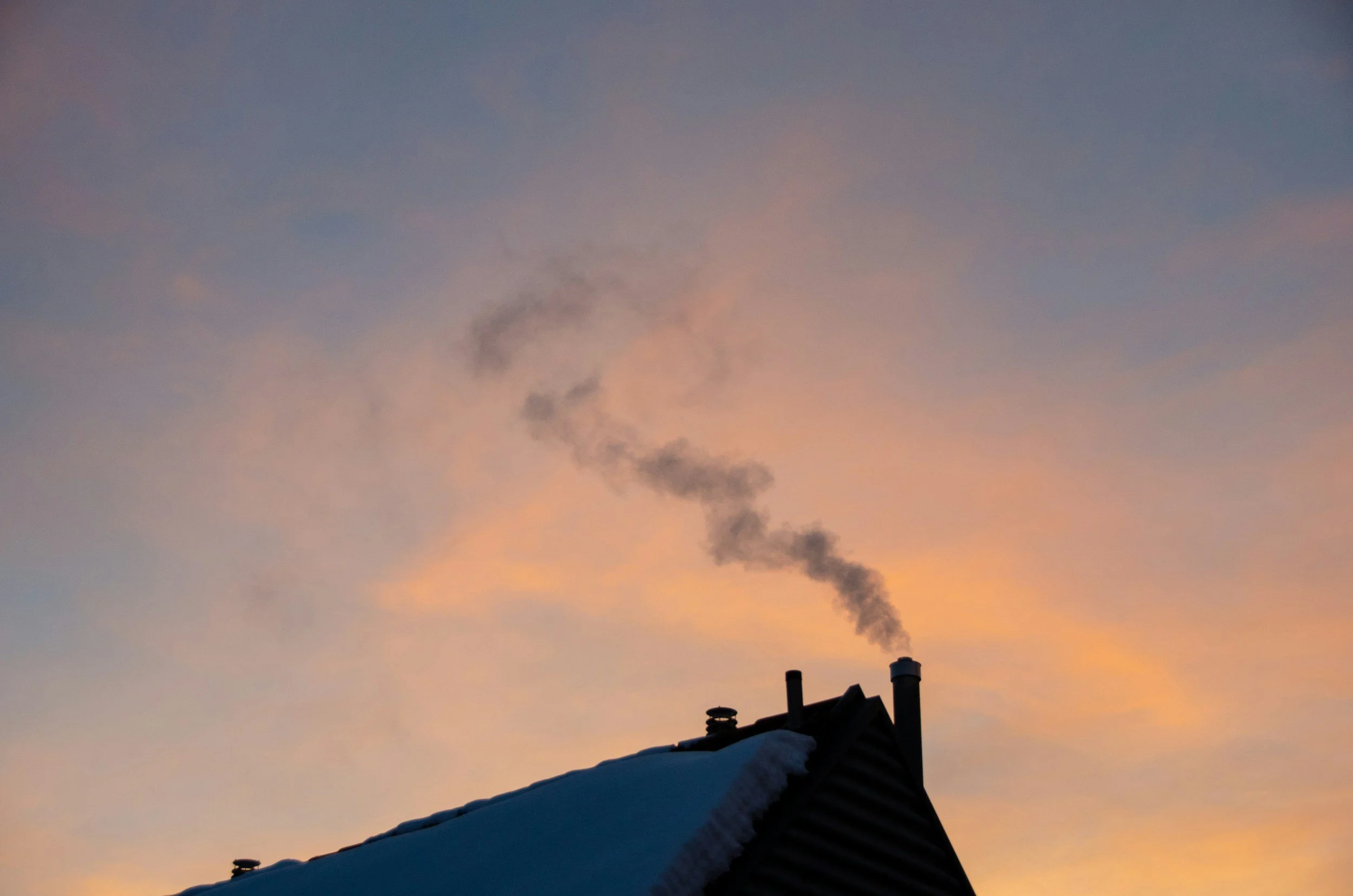
How To bleed a radiator

If you've noticed your radiators are cold at the top or making gurgling noises, it's likely due to trapped air. To help you fix this common issue, we've found a very useful video guide from B&Q. The tutorial provides a clear, step-by-step demonstration on how to safely and effectively bleed your radiator, ensuring your heating system works at its best. Following their expert advice can help you improve your heating efficiency and get your radiators working properly again.
Here are some step by step instructions if you would prefer these.
Bleeding a radiator is a simple process that can significantly improve your heating system's efficiency by releasing trapped air. If a radiator is cold at the top but warm at the bottom, it's a clear sign that it needs bleeding.
Turn off your central heating. It's crucial to switch off your boiler and let all radiators cool down completely. This prevents hot water or steam from escaping, which could cause a burn.
Gather your tools. You'll need a radiator key (a small, square-headed metal tool available at most DIY stores), an old towel or cloth to catch any drips, and a container or bucket. Some modern radiators may not require a specific key and can be bled with a flat-head screwdriver.
Find the bleed valve. This small valve is usually located on the top corner of the radiator, either on the left or right side. It's a small round hole with a square or slotted insert inside.
Prepare the area. Place the towel or cloth directly under the bleed valve to protect your floor and wall. Have your container ready to catch any water that may come out.
Bleed the radiator. Fit the radiator key onto the valve and turn it slowly, a quarter to half a turn, counter-clockwise. You should hear a hissing sound as the trapped air escapes.
Close the valve. As soon as the hissing stops and water begins to drip out, turn the key clockwise to close the valve. Do not overtighten it, as this can damage the valve.
Check the pressure. After bleeding one or more radiators, you may notice that the pressure on your boiler's gauge has dropped. It's important to re-pressurise your boiler to its correct operating level (typically between 1.0 and 1.5 bar when cold). Check your boiler's manual for specific instructions on how to do this.
Turn the heating back on. Once the pressure is correct, switch your heating system back on and check that the radiators are heating up evenly.
